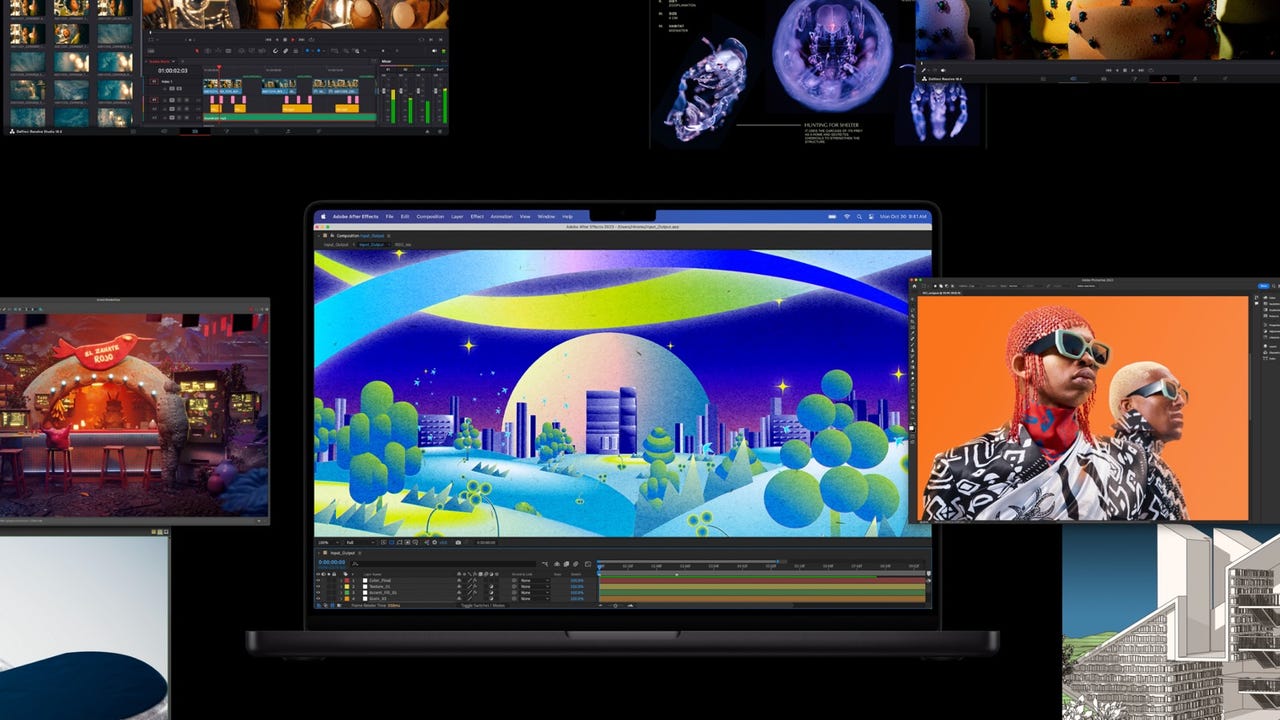'ZDNET Recommends': What exactly does it mean?
ZDNET's recommendations are based on many hours of testing, research, and comparison shopping. We gather data from the best available sources, including vendor and retailer listings as well as other relevant and independent reviews sites. And we pore over customer reviews to find out what matters to real people who already own and use the products and services we’re assessing.
When you click through from our site to a retailer and buy a product or service, we may earn affiliate commissions. This helps support our work, but does not affect what we cover or how, and it does not affect the price you pay. Neither ZDNET nor the author are compensated for these independent reviews. Indeed, we follow strict guidelines that ensure our editorial content is never influenced by advertisers.
ZDNET's editorial team writes on behalf of you, our reader. Our goal is to deliver the most accurate information and the most knowledgeable advice possible in order to help you make smarter buying decisions on tech gear and a wide array of products and services. Our editors thoroughly review and fact-check every article to ensure that our content meets the highest standards. If we have made an error or published misleading information, we will correct or clarify the article. If you see inaccuracies in our content, please report the mistake via this form.
M3 MacBook Pro with top-of-the-line specs? You'll be surprised at how far it is under $10,000


Apple's all-new M3 MacBook Pro
Apple's new 14- and 16-inch M3-powered MacBook Pro laptops are out, and they are total powerhouses. And they are, as you'd expect, expensive.
Reassuringly expensive.
Also: MacBook Pro (M3 Max) review: A desktop-class laptop for an AI-powered age
But what if you wanted to configure yourself the most expensive MacBook Pro that you could? How expensive does "expensive" really get?
For users who truly need the power, not as much as you'd think.
View at AppleOK, so the 14-inch M3 laptops start at $1,599 and features the M3 chip with 8GB of unified memory and 512GB of SSD storage.
That's a good start, but here we're looking to spend money, so we need to go for the most expensive stock system offered and start to customize that.
Also: Everything Apple announced at its October 'Scary Fast' event (and what wasn't unveiled)
That would be the 16-inch M3 Max unit, with its whopping 16-core CPU, massive 40-core GPU, 48GB of unified memory, and a full 1TB of SSD storage.
The M3 chip lineup
This will set you back $3,999. Now, $4K is $4K, but as fast as high-end, high-performance laptops powered by cutting-edge silicon go, it's not crazy expensive.
But can we make a "crazy expensive" MacBook Pro?
Also: Professionals should buy Apple's cheapest M3 MacBook Pro for one reason, and one reason only
Apart from adding software -- and how much fun is that? -- there are only two things we can configure about this system, and both of these upgrades give us an insight into Apple pricing.
First, is RAM, or as Apple called it here, unified memory.
We can bump this up from an acceptable 48GB to an outrageous 128GB for a cool $1,000. So that's $1,000 for 80GB of additional unified memory, which works out at $12.50 per gigabyte.
The other upgrade is storage. Going from 1TB base storage to 8TB will set you back an additional $2,200 for the extra 7TB, or approximately $314 per terabyte.
Not cheap, but also not outrageous either.
And there we have it. A fully loaded M3 Max MacBook Pro will set you back $7,199. Sure, a lot of money for a system, but this is a powerhouse of a system that will leave the competition in its dust.
For the majority of users -- even those who push their hardware hard -- this is overkill. But if you have demanding workloads, and you want those workloads done fast, this system will pay for itself in no time.